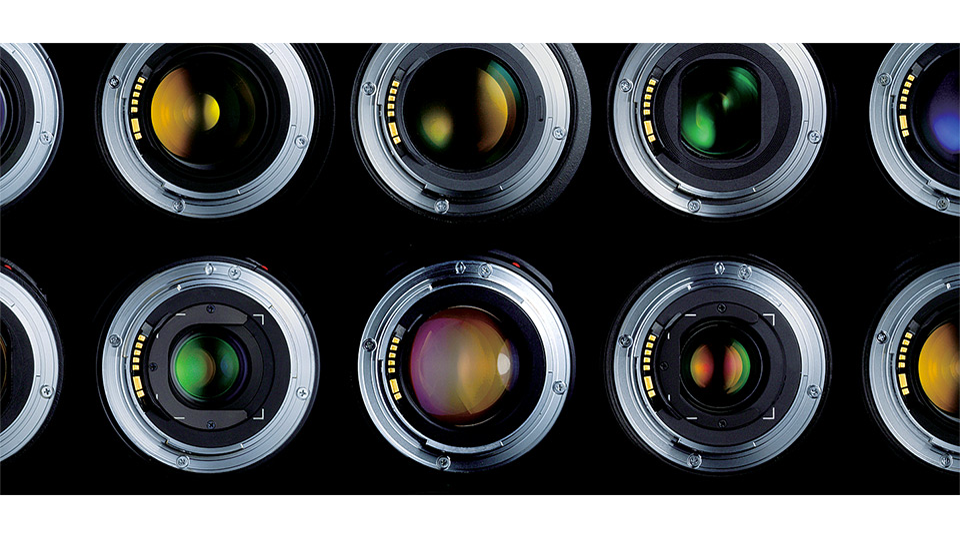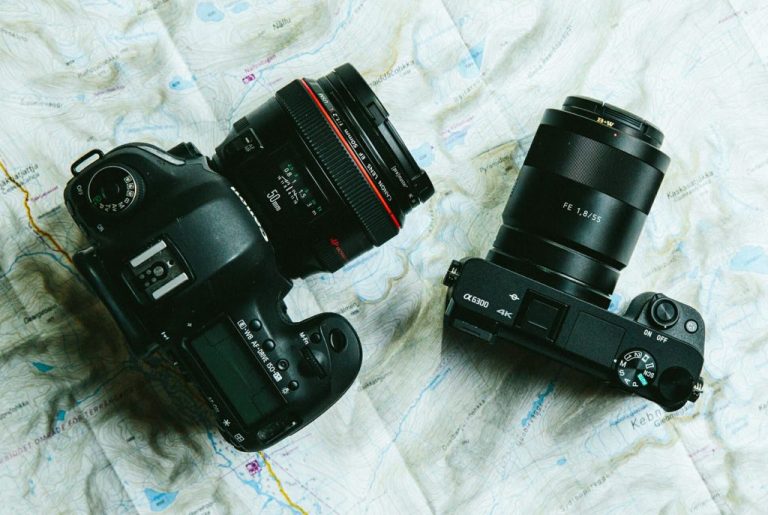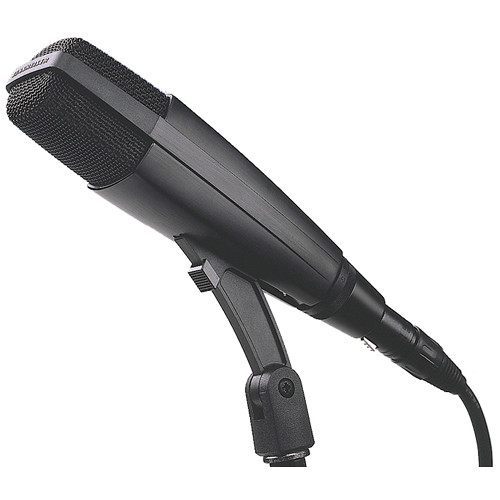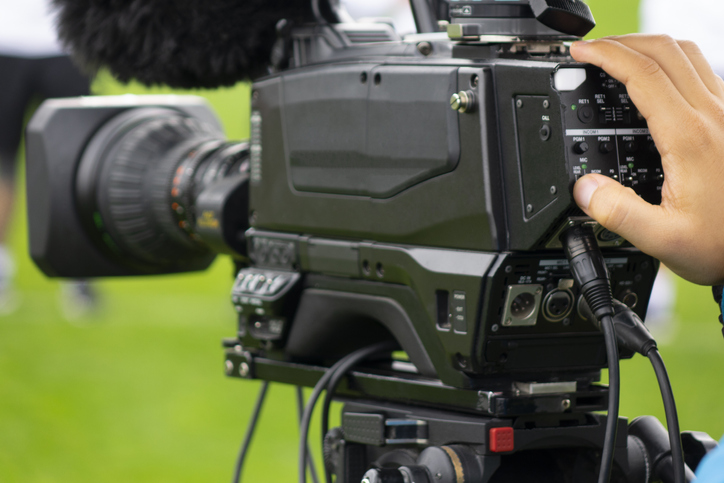How to Choose the Best Camera lens? A Comprehensive Guide By Camerislife
First, we need to know the camera owner’s photography technique. Before we choose a lens for ourselves, we should understand why we want to buy a lens. Do you want to take portraits? Or do you want to shoot landscape photos? What about macro shots? The reason why you buy a lens determines the type of lenses that will suit your needs.

Different types of lenses offer different viewing angles and depths of field (focal points). For example, wide-angle lenses are best for landscape shots because they allow you to capture more scenery in one shot. On the other hand, telephoto lenses are perfect for close-ups because they let the user focus on a specific detail.
The lens aperture is the size of the lens opening that lets in light to expose the film or image sensor when taking a photo. The aperture number is represented by an f-stop, which indicates how much light passes through the aperture. It’s measured on a scale called “focal ratio”, which goes from 1 (the highest) to 1.4, 1.8, 2, 2.8, 4, and so on (the lower the number the bigger the aperture). For example:
Lens Aperture / F-Stop = f/1.4
The higher the aperture number is, the more light you let in to take a photo and vice versa. This is an important factor for those who want to buy a lens because it directly affects shutter speed and depth of field (what is in focus and what isn’t). The aperture value also affects the amount of “bokeh” (blurry background) you’ll get when shooting portraits or close-ups with a telephoto lens.
Finally, we come down to sensor size – different lenses work best with different camera sensor sizes. Generally, the bigger the sensor is, the better the lens works with it – that’s why full-frame lenses don’t work well with compact cameras but mid-range and DSLR cameras handle them just fine. Lenses also have different “crop factors” depending on their focal length (for example a lens with a 25-mm focal length has a crop factor of 1.6 as opposed to one with a 50-mm focal length which has a crop factor of 2).
The type of camera you own determines how big or small your sensor size will be and thus what type of lenses you’re allowed to put on it and still enjoy optimal results. Here is an overview:
Point & Shoot = 3/4 inch
DSLR = 1.5 times bigger than the lens’ focal length, e.g. a Canon 70-200mm f/2.8 has a crop factor of 1.6
Medium Format DSLRs = same size as your camera sensor
Many new lenses are being released with what is known as “full-frame”, which means they have the same size as your film or image sensor. This allows users to have wide viewing angles and shallow depths of field without losing image quality. If you’re thinking about buying a full-size SLR, then be sure to plan ahead – lenses are not cheap! Finally, remember that lower aperture numbers will sharpen your images but high aperture numbers will produce a smooth, blurred effect.
The lens is one of the most important parts of your camera – it’s what captures the image you’re looking to capture and turns it into an image that can be seen by everyone else. So before you spend all your money on a nice camera body, do some research into the type of lenses that are compatible with it.
Trust me – spending even $1,500 on a fantastic lens is much better than getting stuck with a $2,000 DSLR and using one of those cheap point & shoot standard zooms (which actually start at around $100).
Finally: how about we forget about buying lenses for tonight? – instead, let’s just go outside and take some nice photos of the sunset…






